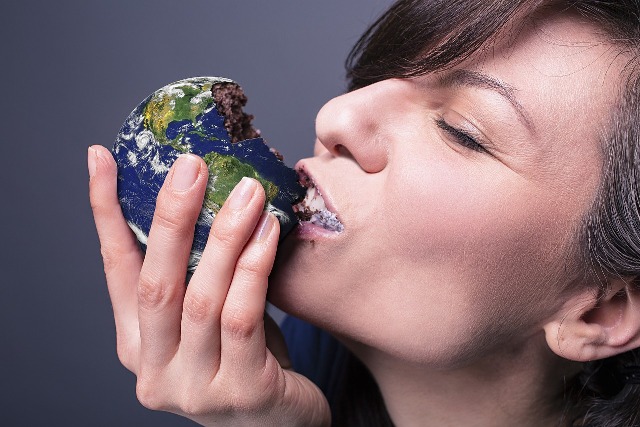How food waste in India damages the environment
Related Articles
नवी मुंबई में घरों के सपने होंगे साकार, सिडको के घर होंगे 10% सस्ते, आम आदमी को बड़ी राहत
CIDCO Lottery: नवी मुंबई में घर खरीदने का सपना देख रहे आम लोगों के लिए बड़ी खुशखबरी है। सिडको (CIDCO) के आवासों की कीमतों...
बिहार के गांवों को मिली चकाचक सड़कों से नई रफ्तार, 34 हजार किमी से ज्यादा ग्रामीण सड़कों का निर्माण पूरा
Mukhyamantri Gram Sampark Yojana: 24 हजार से ज्यादा गांवों को मिला पक्की सड़क का तोहफा
Mukhyamantri Gram Sampark Yojana: बिहार के गांव अब सिर्फ नाम...
दिल की धड़कन से खुलेगा iPhone? Apple के नए पेटेंट ने मचाई हलचल !
अब पासवर्ड नहीं, दिल की धड़कन से खुलेगा iPhone! iPhone अनलॉक पर Apple का नया प्रयोग- डिवाइस के फ्रेम में लगे सेंसर से पहचानी जाएगी यूज़र की अनोखी कार्डियक रिद्म, लेकिन फिलहाल यहसिर्फ पेटेंट तक सीमित !
Face ID के बाद Heart ID? Apple के...


